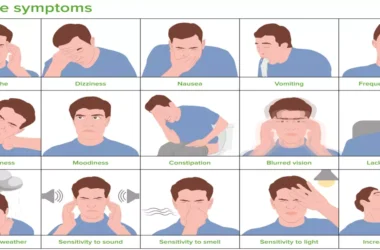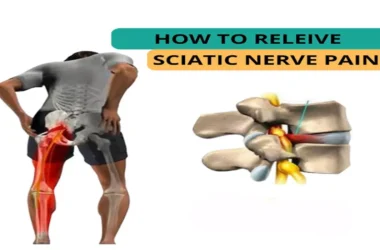[ez-toc]
Tendinitis is a common condition characterized by the irritation or inflammation of a tendon, which are the thick fibrous cords that attach muscles to bones.
This condition can affect tendons in any part of your body, but it most frequently occurs around your shoulders, elbows, wrists, knees, and heels.
In this comprehensive guide, we delve into the causes, symptoms, and various treatment options for tendinitis, providing crucial insights for those suffering from this painful condition.
What Causes Tendinitis?
Tendinitis typically results from repetitive motion or overuse, particularly in tasks that involve awkward movements or forceful exertion.
It can also arise from a sudden injury or as part of the aging process, where tendons naturally lose their elasticity.
Individuals engaged in jobs or sports that require repetitive movements, such as gardening, painting, tennis, golf, and baseball, are at a higher risk of developing tendinitis.
Identifying the Symptoms of Tendinitis
The primary symptom of tendinitis is pain at the site of the tendon and surrounding area. This pain usually worsens when you move the affected limb or joint. Other common symptoms include:
- Tenderness
- Mild swelling
- A sensation of heat in the affected area
- Increased pain and stiffness during the night or when waking up
- A grating or crackling sensation when moving the affected tendon
Effective Treatment Strategies for Tendinitis
Rest and Activity Modification
One of the first steps in treating tendinitis is to rest the affected area and avoid activities that cause pain or strain on the tendon. Modifying your activities to reduce stress on your tendons is crucial for recovery.
Apply Ice and Compression
Applying ice packs to the affected area for 20 minutes several times a day can help reduce swelling and relieve pain. Compression, using an elastic bandage or a compression wrap, can also help control swelling.
Physical Therapy
Engaging in physical therapy can be extremely beneficial. A physical therapist can teach you exercises to stretch and strengthen the muscle and tendon, promoting healing and preventing further injuries.
Also Read: Understanding Lipomas: Types, Symptoms, and Treatment Options
These exercises also improve flexibility and reduce tension in the muscles surrounding the affected tendon.
Medications and Injections
Over-the-counter pain relievers such as ibuprofen or aspirin can help reduce pain and inflammation. For more severe cases, corticosteroid injections may be recommended to decrease inflammation and pain.
However, these injections are used with caution as they can weaken tendons and increase the risk of future ruptures.
Surgery and Other Procedures
In cases where conservative treatments fail, surgical intervention might be necessary. Procedures may involve removing inflamed or damaged tissue from around the tendon.
Less invasive treatments, like ultrasound therapy or platelet-rich plasma (PRP) injections, which involve injecting a concentration of the patient’s own platelets to accelerate healing, are becoming increasingly popular.
Preventing Tendinitis
Prevention of tendinitis involves several strategies:
- Warm-up properly before engaging in any sport or physical activity.
- Increase the intensity of your activities gradually to avoid putting excessive stress on your tendons.
- Use ergonomic tools and equipment, and adjust your workstation to reduce strain.
- Take frequent breaks to avoid prolonged repetitive movements.
Conclusion
Tendinitis is a manageable condition with the right approach to treatment and prevention. Understanding the causes and symptoms, and implementing effective treatment strategies, can help individuals return to their daily activities pain-free.
If symptoms persist, it is important to consult with a healthcare provider to explore further treatment options and prevent long-term damage to the tendons.
By adopting preventative measures and seeking appropriate care, you can ensure the health and functionality of your tendons, enabling a full and active life free from the limitations of tendinitis.





